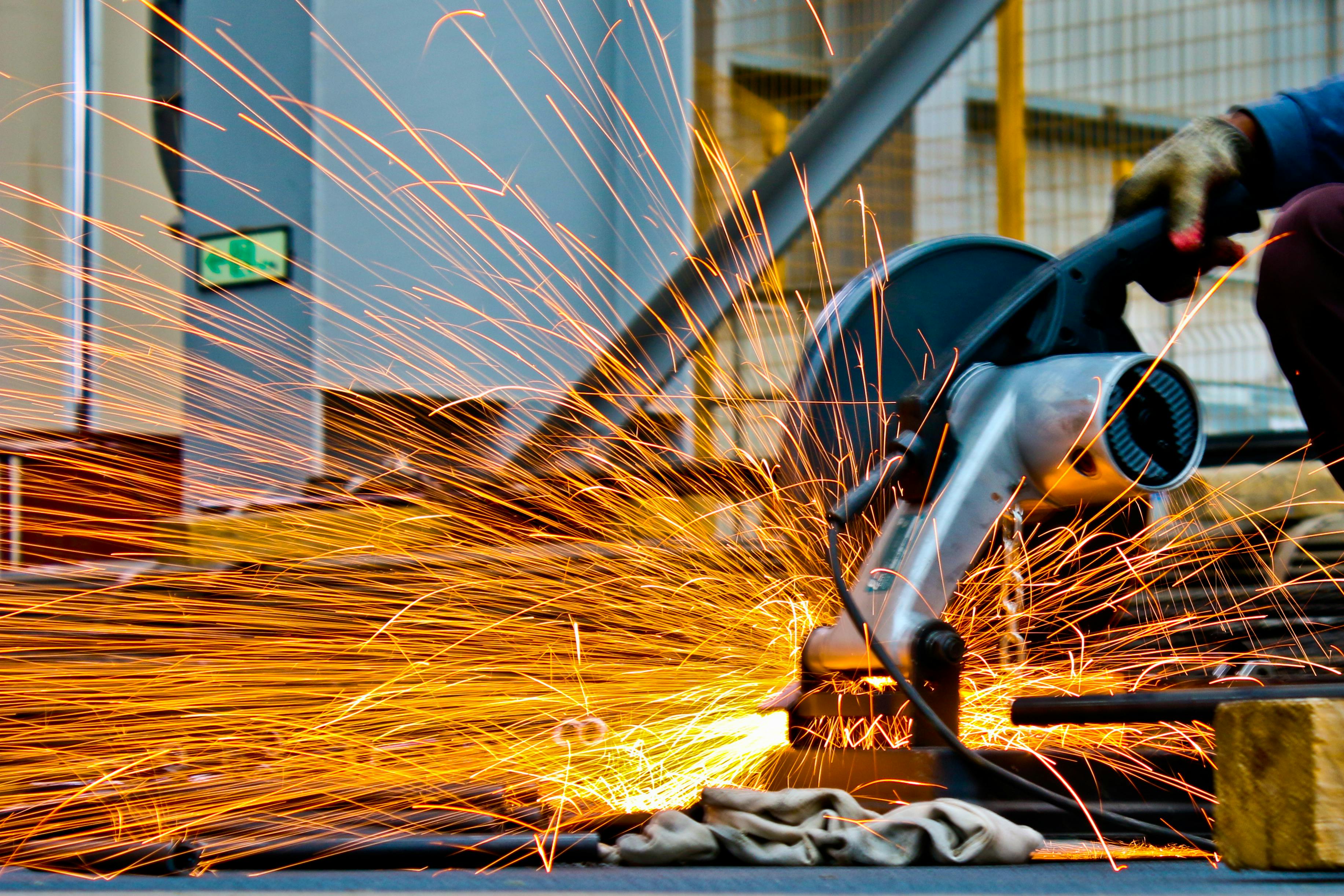Time-motion analysis techniques for assembly efficiency
Time-motion analysis examines how tasks, movements, and workstation design affect throughput on an assembly line. This article outlines practical techniques that teams can use to map tasks, reduce waste, and align training, ergonomics, and inspection practices to improve overall workflow and efficiency.

Time-motion analysis is a structured approach to observe and quantify the tasks and movements required to assemble products. By documenting each step and timing them, teams can reveal bottlenecks, redundant motions, and ergonomic risks that slow production. Applying these observations to workflow design supports lean principles and helps align onboarding and training so new hires reach consistent performance more quickly while maintaining quality and safety.
How does time-motion help assembly workflow?
Time-motion analysis creates a clear picture of the assembly process by breaking work into discrete tasks and measuring durations and transitions. When paired with workflow maps, the data highlights non-value-added movements and idle times. Using this evidence, planners can re-sequence tasks, redesign handoffs, or introduce simple tooling changes to shorten cycle times. The method complements lean tactics—such as takt time calculations and continuous improvement cycles—so teams can prioritize interventions that yield measurable efficiency gains without compromising quality.
What role do ergonomics and tooling play?
Ergonomic assessment is integral to time-motion studies because worker posture and reach affect both speed and injury risk. Observations often lead to changes in workstation height, tooling placement, and component presentation to minimize awkward motions. Investing in appropriate tooling can eliminate repetitive steps and speed up verification tasks during inspection. Improvements that reduce physical strain also support retention and lower absenteeism, helping maintain steady output while meeting safety and compliance expectations.
How to integrate onboarding, training, and certifications?
Time-motion findings should inform onboarding materials and training curricula by documenting the standard sequence of tasks and the expected timings for each. Structured training that mirrors the observed workflow helps new workers learn the most efficient sequences and the verification steps required for quality. Including relevant certifications and skills checklists in training plans provides objective criteria for competency. Regular refresher sessions based on updated time-motion data help preserve consistency and support retention through clearer performance expectations.
How can scheduling, inventory, and inspection be optimized?
Scheduling decisions benefit from accurate cycle time data gathered through time-motion analysis. Planners can use realistic task durations to size work shifts, balance lines, and set buffer levels for inventory to reduce waiting. Inspection steps should be timed and placed where they add the most value without creating bottlenecks; verification can be integrated into the flow rather than treated as a separate stand-alone task. Aligning inventory presentation and tooling to the timed workflow reduces searches and handling, supporting both quality and compliance.
How does cross-training support flexibility and retention?
Cross-training informed by time-motion results increases operational flexibility. When multiple workers understand the timed sequence for different stations, the team can rebalance workloads during absences or peak demand. Cross-training also contributes to retention by expanding skills and career pathways, making roles more engaging. Use documented task times and skills matrices to structure cross-training sessions so that workers can practice the exact motions and verification steps needed to meet quality standards across stations.
How to measure and verify process improvements?
After implementing changes suggested by time-motion analysis, re-measure the same tasks to verify improvements in cycle time and reductions in non-value activities. Combine quantitative timing with quality metrics from inspection to ensure efficiency gains do not degrade product standards. Maintain a simple verification log and periodic audits to track compliance with procedures and certifications. Continuous measurement creates a feedback loop that supports lean thinking: small adjustments are tested, verified, and standardized when they consistently improve workflow and safety.
In summary, time-motion analysis offers a practical framework to improve assembly efficiency by documenting how work is done, where waste occurs, and which interventions deliver measurable gains. Integrating findings with ergonomics, onboarding, training, scheduling, tooling, inspection, and cross-training creates a cohesive approach that supports quality, safety, and retention while aligning with lean and compliance objectives.






